Boeing 777X goes big on overhead bins and bespoke design
With the 777X, Boeing wants to refine and reshape the passenger experience.
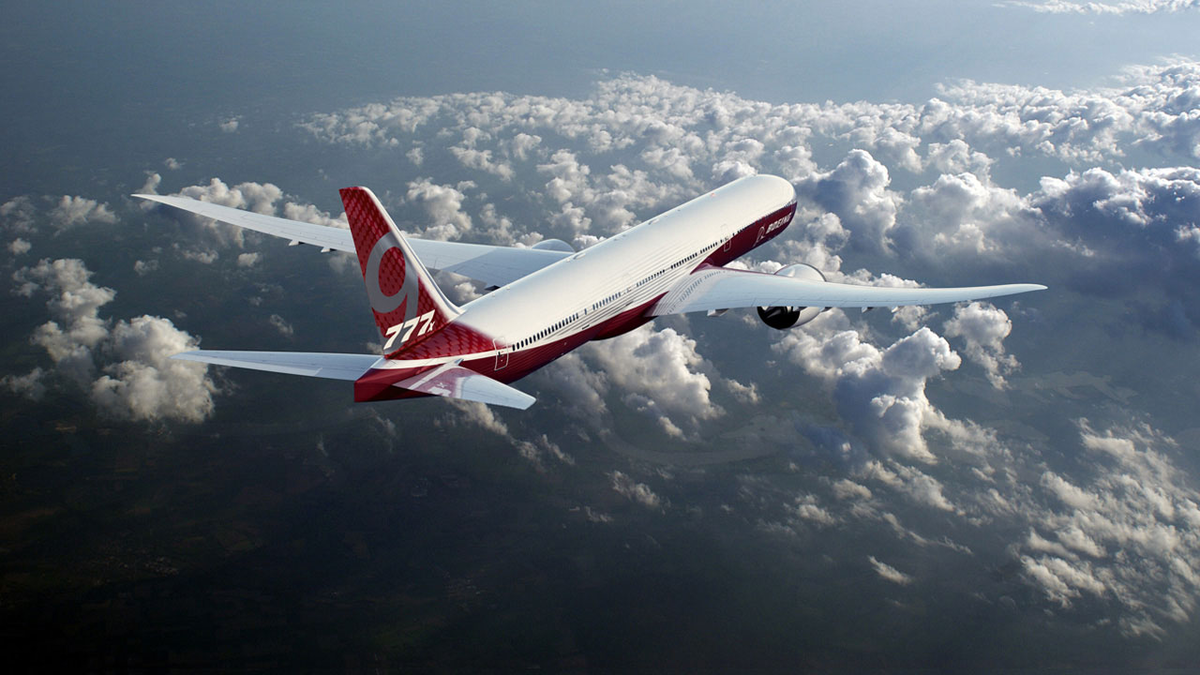
Despite all the aviation advances and high-tech design of the Boeing 777X, the aircraft manufacturer believes the ‘inside story’ is what will impress passengers the most.
The world's largest twin-engined passenger jet, which carries a list price of A$640 million (US$442.2 million), is expected to make its delayed maiden flight this weekend – a fitting start to not only the new year but a decade which will see 777X assume the flagship status of the Boeing 777-300ER.
Airlines won’t begin flying the 777X until next year, when Emirates expects to take delivery of the first Boing 777-9; Lufthansa and Cathay Pacific will also collect the keys to their first Boeing 777-9s in 2021.
Other airlines which have signed on the dotted line for the 777X include ANA, British Airways, Etihad Airways, Qatar Airways and Singapore Airlines.
Following the debut of the 777-9 will be the smaller 777-8, which will seat 350 passengers compared to the 777-9’s 400+ headcount but extend its range from 14,000km to 17,200km and challenge the Airbus A350ULR series as the world's longest-range commercial jet.
The 777X’s 235 feet wingspan, designed for greater efficiency and reduced fuel consumption, is so large that the wingtips have to fold up so that the over-sized 777X can squeeze into airport gates designed for its 777-300 and 777-200 siblings.
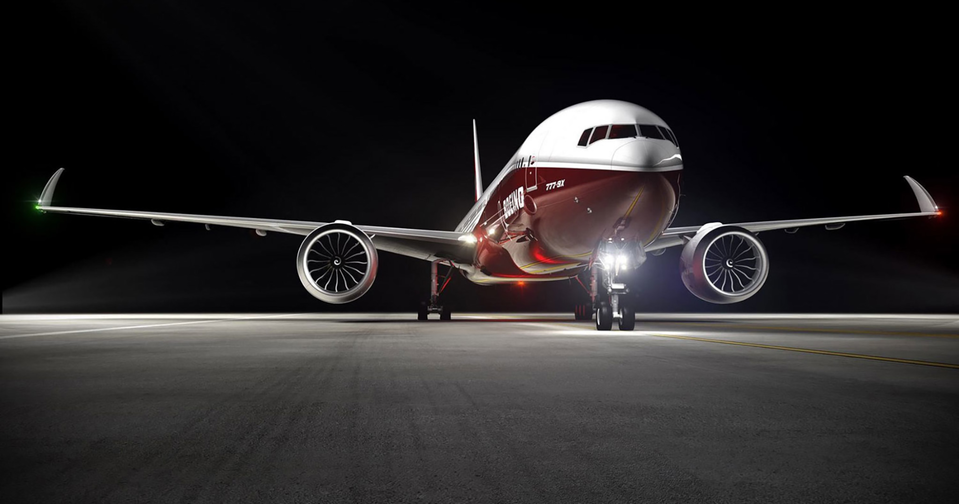
But for travellers, it’s what’s on the inside that counts. How will Boeing improve the passenger experience of the 777X to differentiate it from any other metal tube with wings?
Perhaps the most immediately noticeable benefit upon boarding the 777X will be the overhead bins – although in some cases this will be more about the lack of them, and in other cases their cavernous size.
“We’ve seen a lot of first class suites that have enough of their own capacity for carry-on,” says Paul Wilcynski – ‘PJ’ to pretty much everyone – who for the last seven years has been focussed on the development of the 777X’s passenger cabin architecture.
This leads to some airlines removing the overhead bins in first class to “create a greater sense of spaciousness throughout the cabin.”
Meanwhile, business class may feature the above-window side bins but not those in the centre, to help ‘open up’ the cabin and create an impression of greater space.
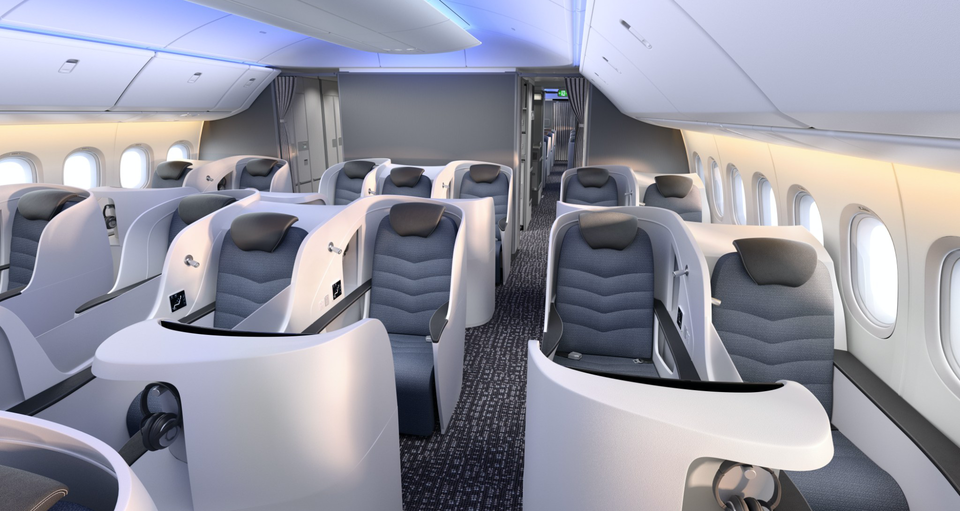
When passengers do reach up to stow their cary-on bags, they’ll appreciate the capacious bins on the 777X.
“In my years at Boeing I've seen bin design go through many different generations,” reflects Wilcynski, a 40-year veteran of Boeing whose expertise in interior architecture and configuration spans from the Boeing 707 to the abandoned Sonic Cruiser project which heavily influenced the Boeing 787 Dreamliner.
“When I came in, it was important that we could carry garment bags in bins, and so the bins were sized for garment bags to lay flat,” Wilcynski recounts to Executive Traveller on the sidelines of the annual Aircraft Interiors Expo conference in Hamburg. “But who does that anymore?”
Changing travel trends caught up with Boeing in the early stages of designing the Boeing 787 Dreamliner. “Our airline customers said, hey, there's this thing called a rollaboard bag, you better start designing your bins around that!”
“We’ve doubled the bin capacity on the 777X, and we’ve also lowered the closing forces by 40%, so it actually becomes easier to close the full bin because the centre of gravity rotates over the pivot point. This is really important for crew and for a fuller range of passengers that are flying both in age and stature. Now everybody can close the bin.”
After stowing their bags, passengers will settle into their seat – which on many Boeing 777X airlines will mean an all-new seat design, with Lufthansa adopting a uniquely staggered layout sporting central ‘throne’ seats, while Cathay Pacific is beavering away on the next generation of its Boeing 777 first class and business class.
Read more: Lufthansa's new Boeing 777X business class seats revealed
Gazing out the window comes naturally on any aircraft, and the windows of the Boeing 777X also show an evolution measured across PJ’s decades with the company.
“I go way back to the Boeing 707, where we had 140 square inches of window,” Wilcynski says.
“Our research for the 787 showed there were deep psychological needs for having a view to the outside, being able to orient oneself to the horizon and just the pleasure of looking out – so with the 787’s composite fuselage we introduced a much larger window, going up from 140 square inches to 176 square inches.”
“The 777X has a metal fuselage as opposed to the composite fuselage on the 787, and we have found that a 162 square inch window is the sweet spot.”
“It's 16% larger (than the 777) and we've raised it 2.6 inches higher in the cabin so it’s about the same at the top (as the 787), which is the critical dimension. It’s at the right height because nobody wants to bend over to look out a window. Seats have actually gone a little bit up also, they’ve been raised to increase under-seat storage.”
Fast glass
Also in keeping with the Boeing 787 Dreamliner, the 777X jets will have optional electronic window shading – although airlines can choose to stick with conventional sliding shades.
The 777X’s ‘fast glass’ is the third generation of the Dreamliner’s tinted window system, with an electrochromic gel sandwiched between two thin glass panels that darken or lighten at the press of a button. In demonstrations, the new windows go from clear to near-black in a matter of seconds.
However, Wilcynski expects “some airlines want to put it just in certain classes and others are deciding to put it through the whole aeroplane”.
As a result, some 777X premium cabins could sport elegant electromechanical shades similar to those on British Airways’ first class, which have a ‘private railway carriage vibe’.
“It sort of harkens back to the 19th century railroad carriage, and if that's part of an airline's brand then we want to enable that.”
Airlines will also be able to indulge themselves by heavily customising their Boeing 777X jets on a per-cabin basis, such as offering more sophisticated ceiling treatments and lighting elements in the premium cabins.
“Some of the other elements that I think passengers are going to experience are those that are completely unseen,” Wilcynski adds.
Improved insulation in the sidewalls will work to dampen noise, with more overhead air nozzles operating at a lower velocity to avoid subjecting passengers to gale-force drafts.
“We've lowered the cabin altitude, similar to our Dreamliner, and we've increased the humidification so that people are going to get off the aeroplane and not quite be as dried out. We've discovered that people really appreciate that on the 787 Dreamliner.”
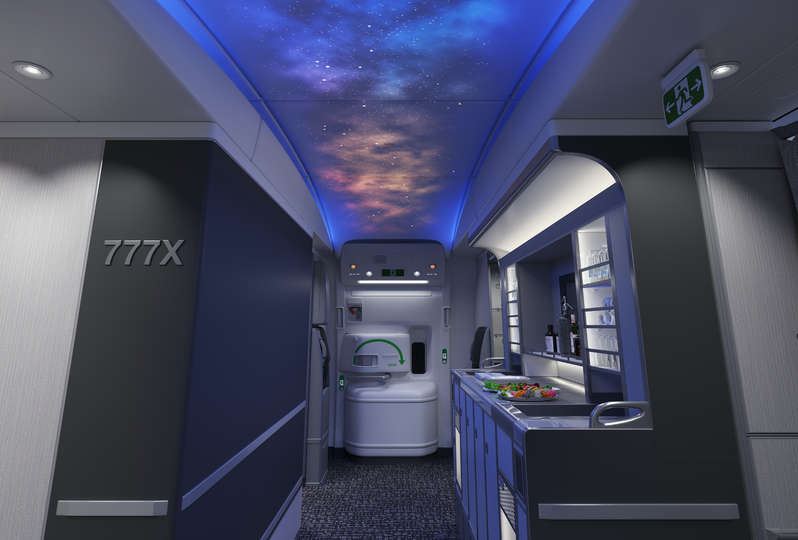
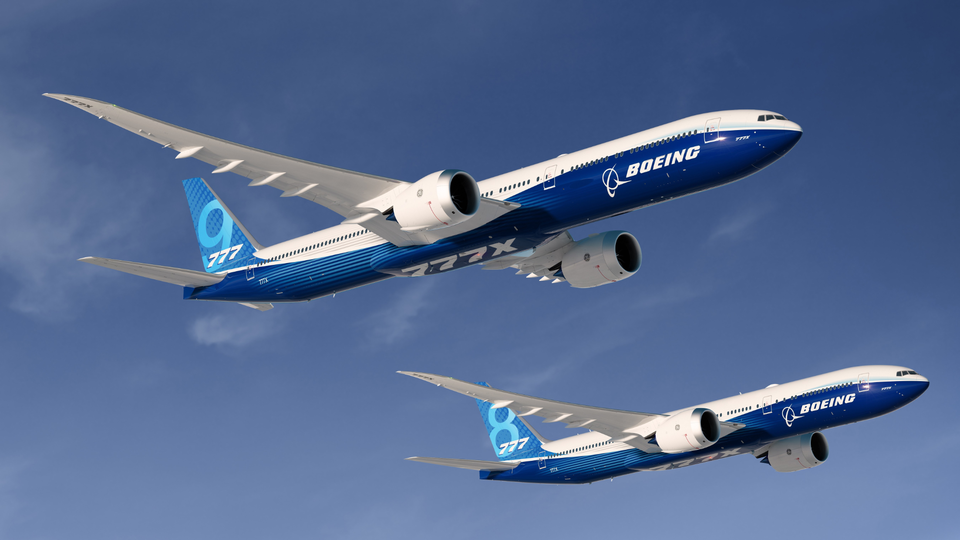
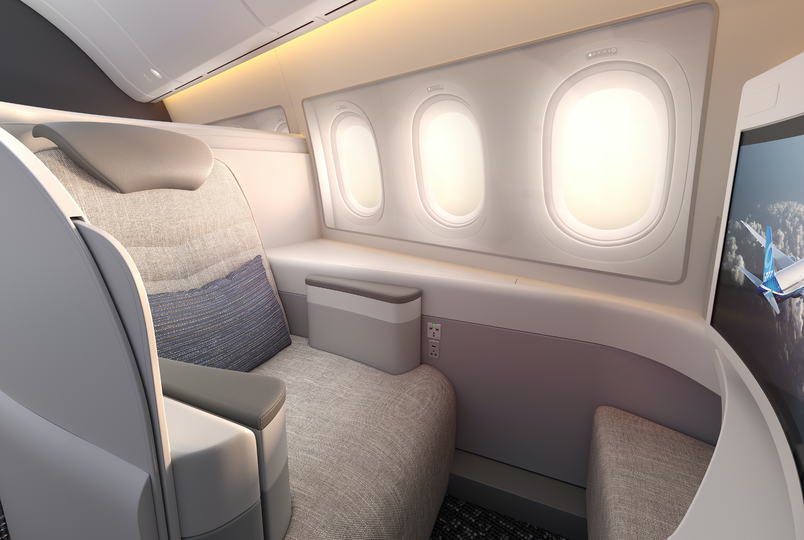
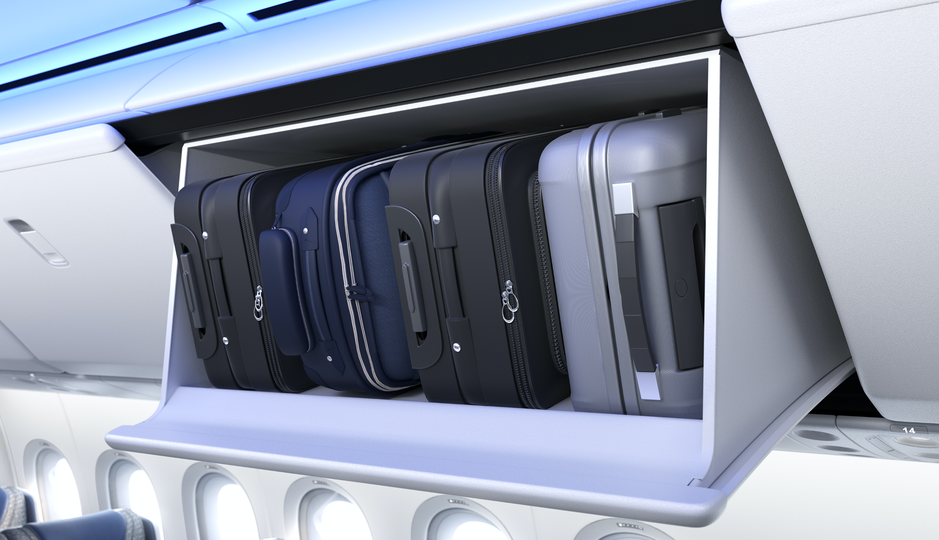
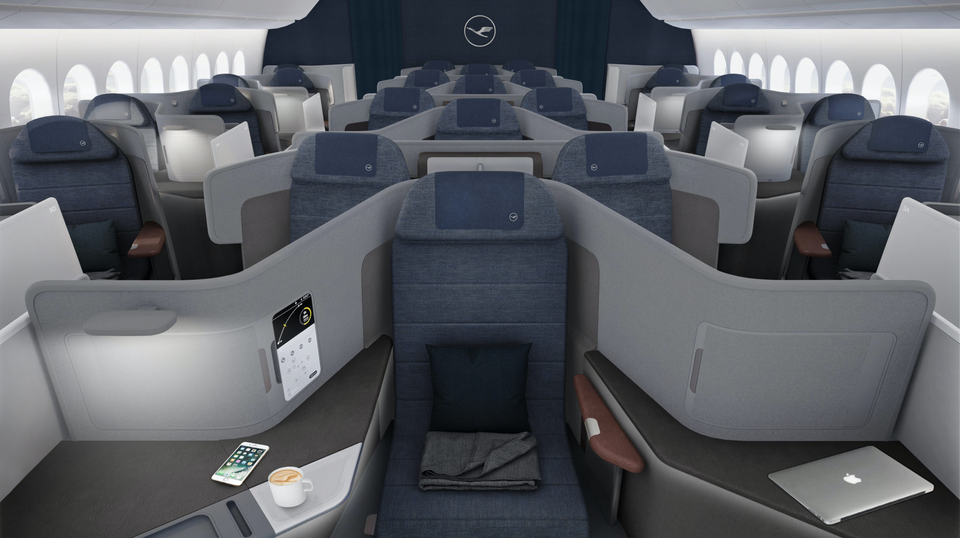
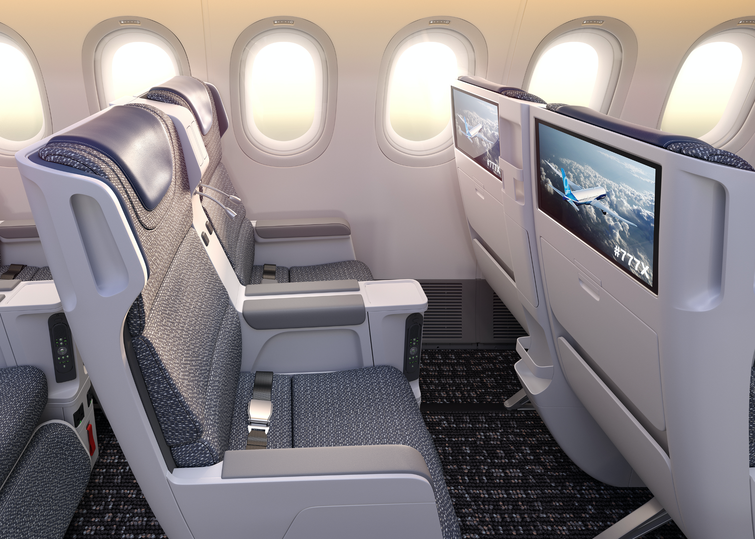
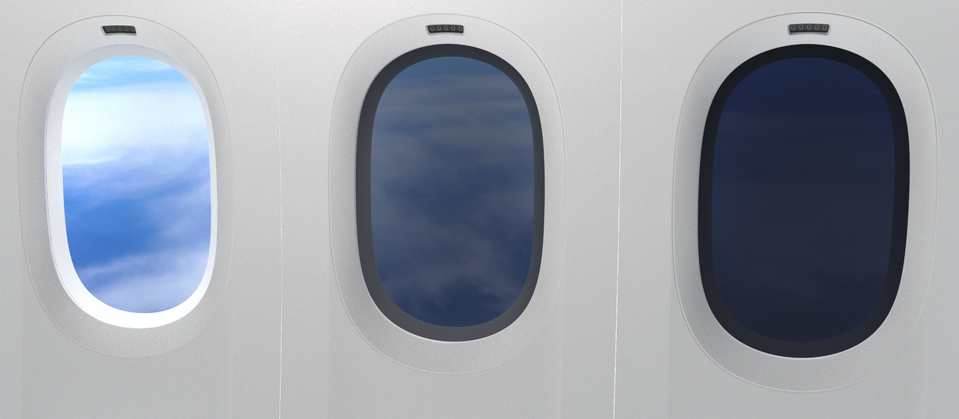
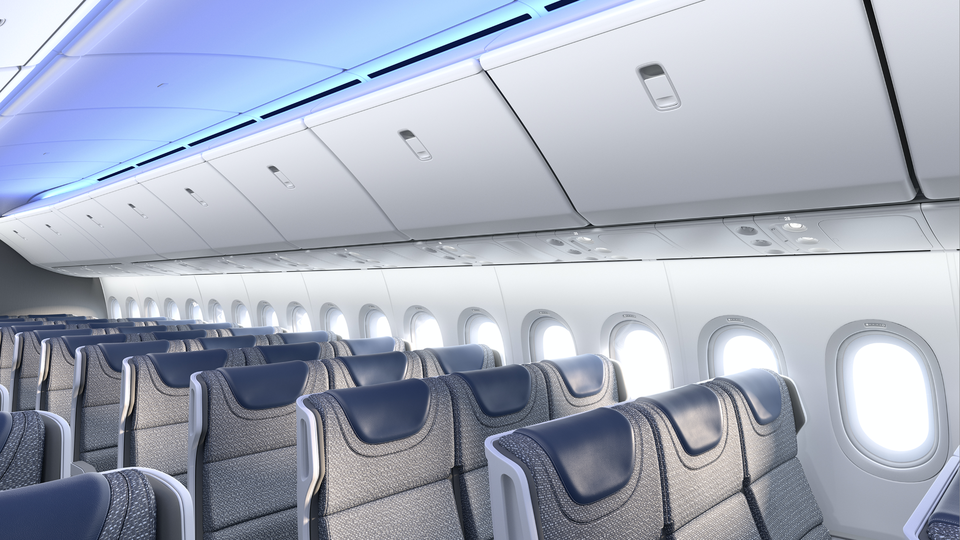

03 May 2013
Total posts 684
Passengers appreciated all those extra things on the A380 waaaaay before the 787!. Nothing ground breaking here folks so move along. Even the infamous 2-3-2 business class is still an option. It's a fail from me. RIP 707/747 magic.
Qantas - Qantas Frequent Flyer
17 Aug 2012
Total posts 65
Qantas - Qantas Frequent Flyer
13 Nov 2018
Total posts 118
Absolutely agree. I avoid B777 like the plague!
I would rather fly an extra hop, have extra transit... anything other than the 777
01 Nov 2018
Total posts 81
Never been in a 777 myself but always wanted to, how does the sound level or quietness compare to that of a Airbus A350, would you say the A350 is a much quieter aeroplane.
24 Aug 2011
Total posts 1225
Obviously can't comment on 777X but current 777-300ER is much noisier inside than an A350 or A380.
Qantas - Qantas Frequent Flyer
13 Nov 2018
Total posts 118
WAAAAYYYYYYY QUIETER!!!!!!
So much more comfortable too
04 Dec 2017
Total posts 68
The A380 is the quietest in the sky then A380, A350, 787, A330, 777. The jump in terms of noisiness from the A330 to the 777 is significantly annoying. That should give an anecdotal understanding how loud it is. There are other factors too. Eg on the 787 those fitted with RR engines are louder than those fitted with GE engines.
Qantas - Qantas Frequent Flyer
13 Nov 2018
Total posts 118
Try transferring from the A380 to the B777. You'll really notice the difference!
Singapore Airlines - KrisFlyer
14 Jan 2014
Total posts 340
Hmmmm no thanks!! I'll stick to flying A350's where possible.. MUCH nicer airplane!!
Qantas - Qantas Frequent Flyer
05 Oct 2016
Total posts 117
You can hardly compare noise from 12-20 y/o 777s to 1-3 y/o A350s.... Even 787 are much newer design. And smaller engines... I've done them all and I'd do any of them again any day!
Hi Guest, join in the discussion on Boeing 777X goes big on overhead bins and bespoke design